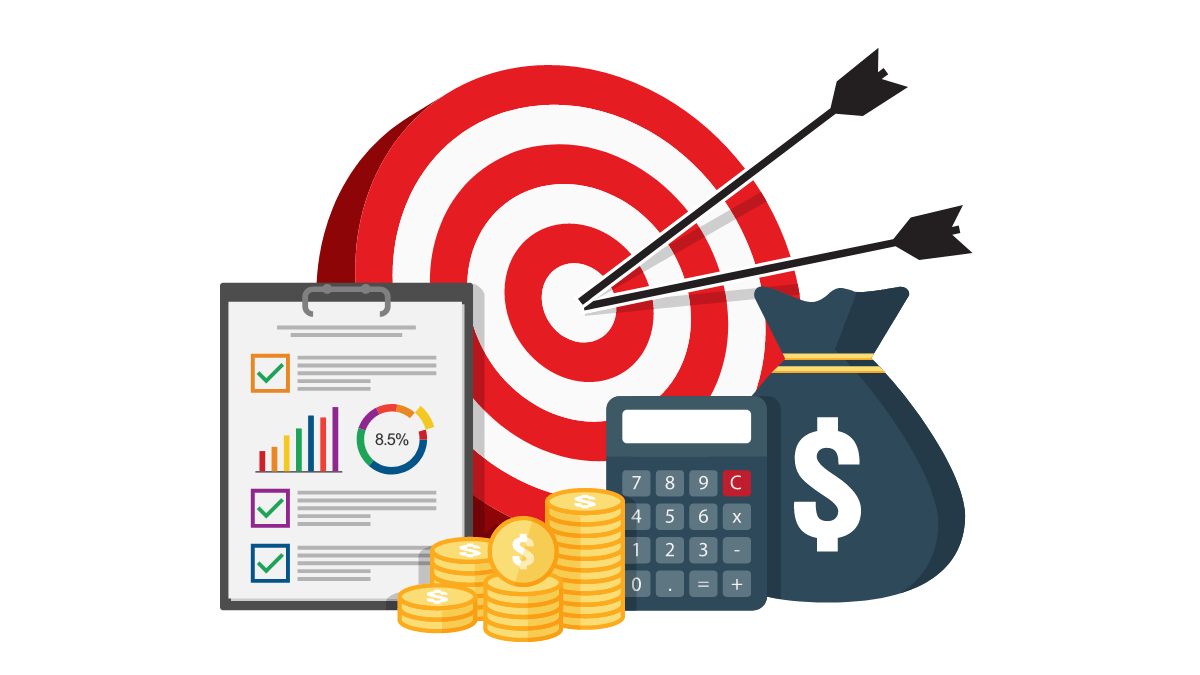COVID-19 challenged healthcare systems around the globe with massive disruption, quickly escalating the need for social distancing, virtual patient appointments, and added efficiencies. Critical areas of focus like telemedicine, lab testing, and revenue cycle management required efficient processes to be implemented at warp speed. CIOs quickly realized that more efficient capabilities were the key to not merely surviving, but thriving in a post-COVID world. In this week’s blog, we explore the growth and the benefits of Robotic Process Automation (RPA).
The Growth of RPA Over the Last Two Years
According to a study by Gartner in May 2020, the need to optimize overall costs and scarce resources during the COVID pandemic accelerated the adoption of RPA. In 2020, CIOs were merely ‘contemplating’ the addition of an RPA project to the “digital stack,” with only 5% of healthcare providers investing in the technology. After the arrival of the pandemic, greater efficiencies were realized, and as a result, over 50% planned to invest in the next three years. In 2020, the market value was $1.29 billion, which doubled in 2021, with a value of $2.65 billion, most of this fueled by the need for greater efficiencies of scale across the healthcare ecosystem. The market is poised to continue this growth at a compound annual growth rate (CAGR) of 27.7% until 2030, when the RPA market value is projected to reach $23.9 billion. What are the main drivers for this growth?
RPA Effortlessly Connects Disparate Systems
One of the main challenges of the pandemic was in getting the right information to the right person at the right time. Whether EHR data, portal information, telehealth visits, or revenue cycle billing, the need to integrate data from multiple, disparate systems was a high necessity during the pandemic. It’s estimated that the average healthcare enterprise runs hundreds of custom applications, whether hosted in the cloud, integrated via APIs, EHR, PM, CRM, etc. Each application may require input from multiple legacy systems and tools. RPA is able to “bridge the gaps” between these disparate systems without disruption to the larger healthcare system. Obtaining meaningful insights from system data was the #1 issue during the pandemic to identify patient groups, roll out the vaccine distribution program, qualify for federal dollars, and continue to serve patients over paperwork. RPA simplified this process for hospitals and health systems, making it easier to do business during the challenges of the COVID-19 pandemic. RPA streamlines data migrations tasks including:
- Reduce Manual Processes – Save Employee Time On Data Entry
- Increase Productivity – Staff Focus On Higher Value Activities
- Improve Processes And Eliminate Duplications And Errors
- Faster Processing – Our Digital Software Robots Work 24/7/365
- Compliance And Full Audit Trail
RPA Simplifies the HR Onboarding Process
Another issue that we experienced as a result of the pandemic, was the “Great Resignation.” This hit healthcare hard, and caused undue stress in the Human Resources (HR) department. According to the U.S. Bureau of Labor Statistics, the last 12 months have resulted in 77 million hires and approximately 70 million separations. HR departments struggle to deliver strategic value when administrative staff are bogged down executing manual, repetitive data entry tasks. How does RPA help? RPA is the perfect digital ally for busy HR departments, completing tasks including:
- New Hire Onboarding
- Payroll Management
- Physician Credentialing
- Change Management / Compliance Protocols
- Compensation Changes
- Exit Management Tasks
Why are RPA Projects Continuing to Rise in 2022?
As the world faces a new wave, with the variant numbers continuing to rise, healthcare resilience becomes a major concern. RPA automation reduces manual interventions, thereby reducing disease transmission risks and empowering human staff to work from anywhere, rather than working alongside others who may be sick. Not only is it helping with staff shortages by “taking up the slack” of missing employees, automation provides an affordable solution to maintaining business continuity and operational excellence post-COVID-19. The most important decision is in the right vendor selection.
Why Boston WorkStation?
Two words: customer experience. Our customers love Boston WorkStation because of the flexibility of our deployment. We can deploy our services hosted in the cloud, completely on premise, or even in a hybrid way. We can assist before a data migration “go live,” or at any point during, or post-migration, giving clinicians and staff their time back to take care of patients, not juggle paperwork. And all of our teams understand healthcare workflows and exactly how to implement an RPA project for maximum impact and a fast ROI. We cut down on the industry chatter and implement projects fast and reliably. We’ve done this organically for 30 years, with no reliance on VC dollars. Our customers love our experience, time-to-value, and 5-star reviews. Give us a call. With most of our projects kicked off in < 30 days, savings and greater efficiencies are right around the corner!

